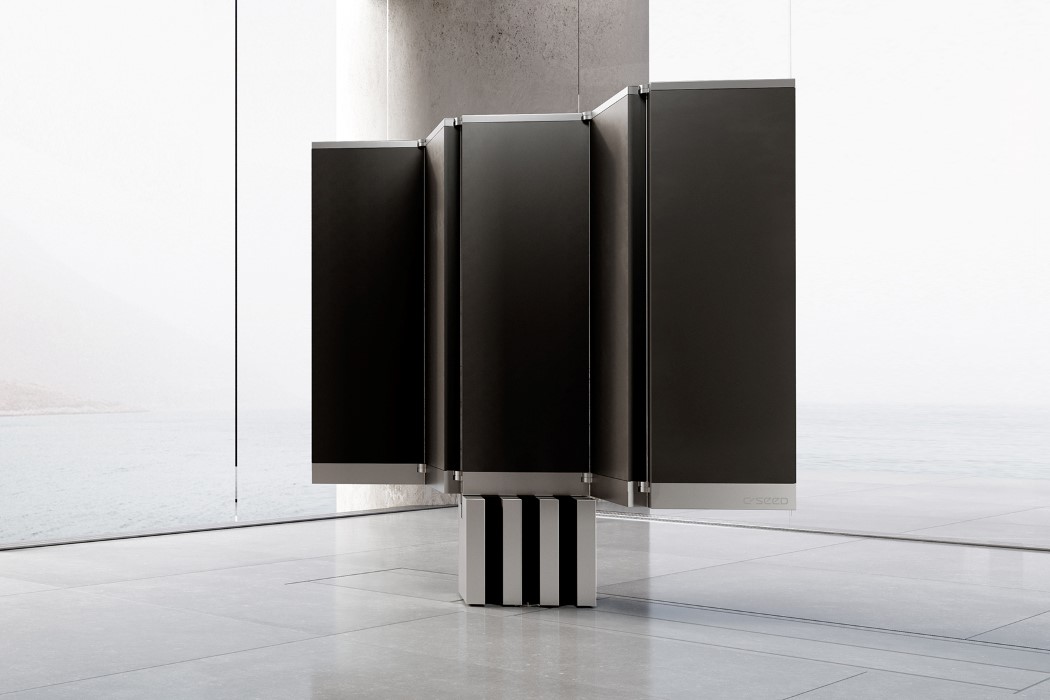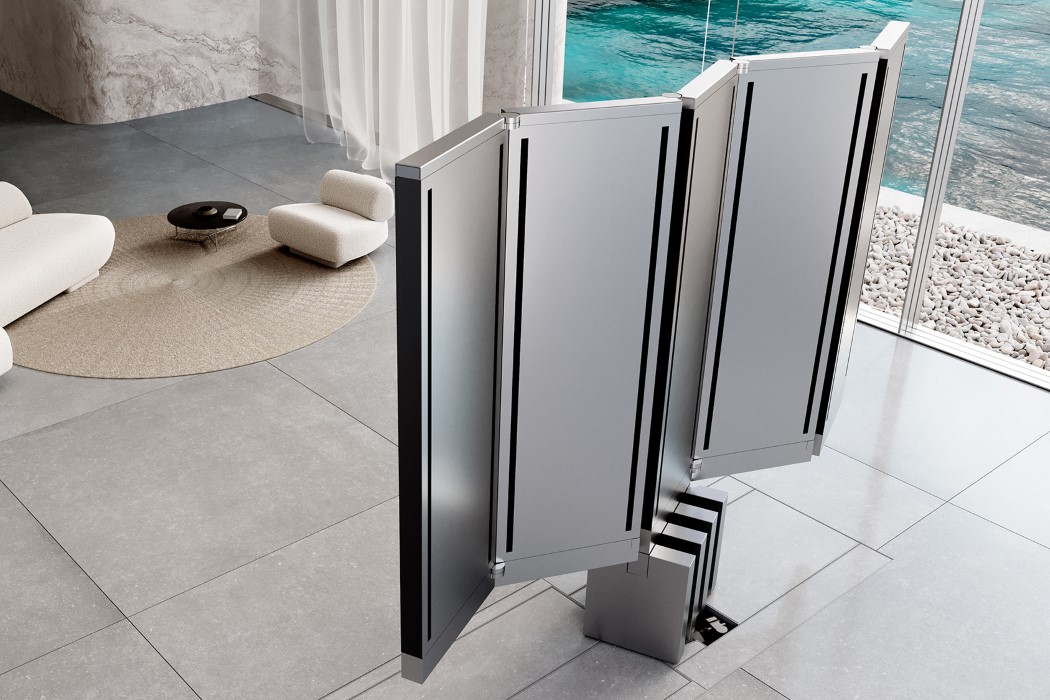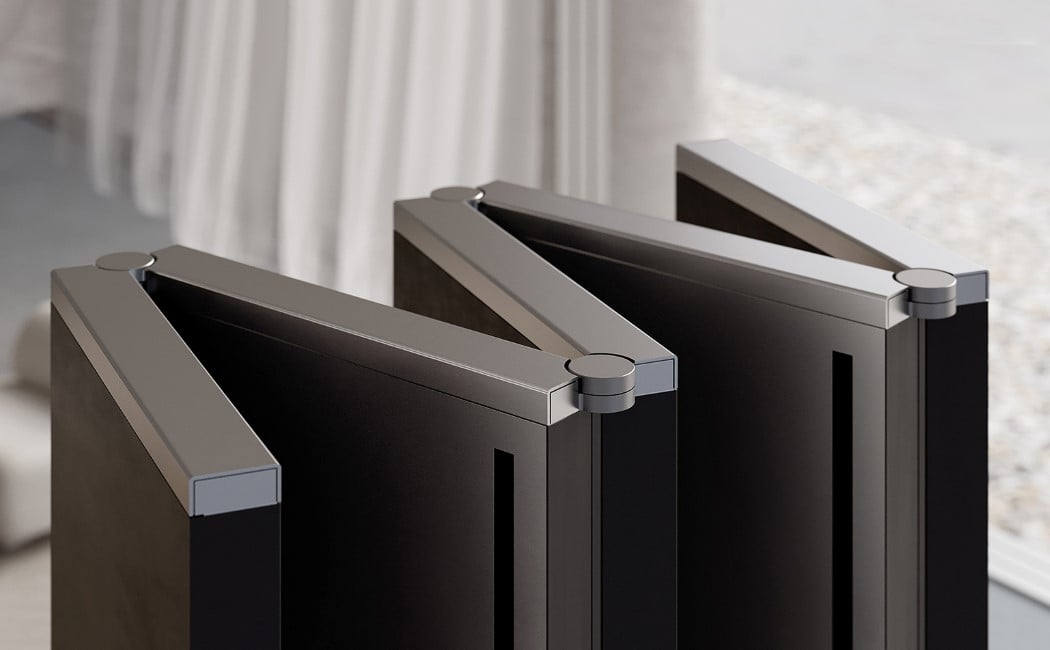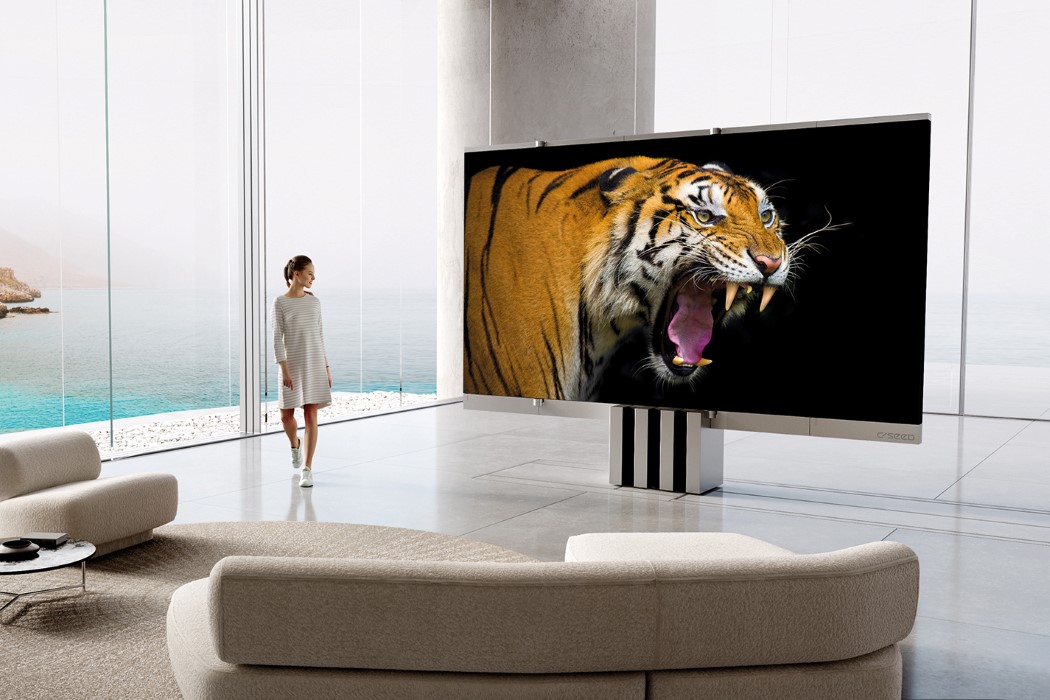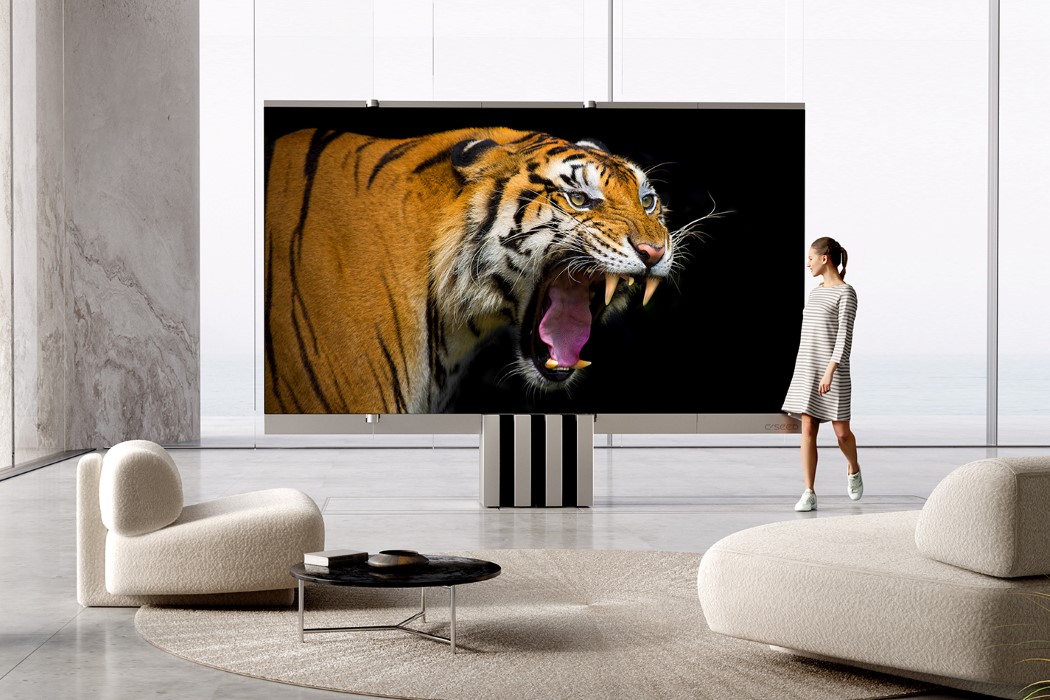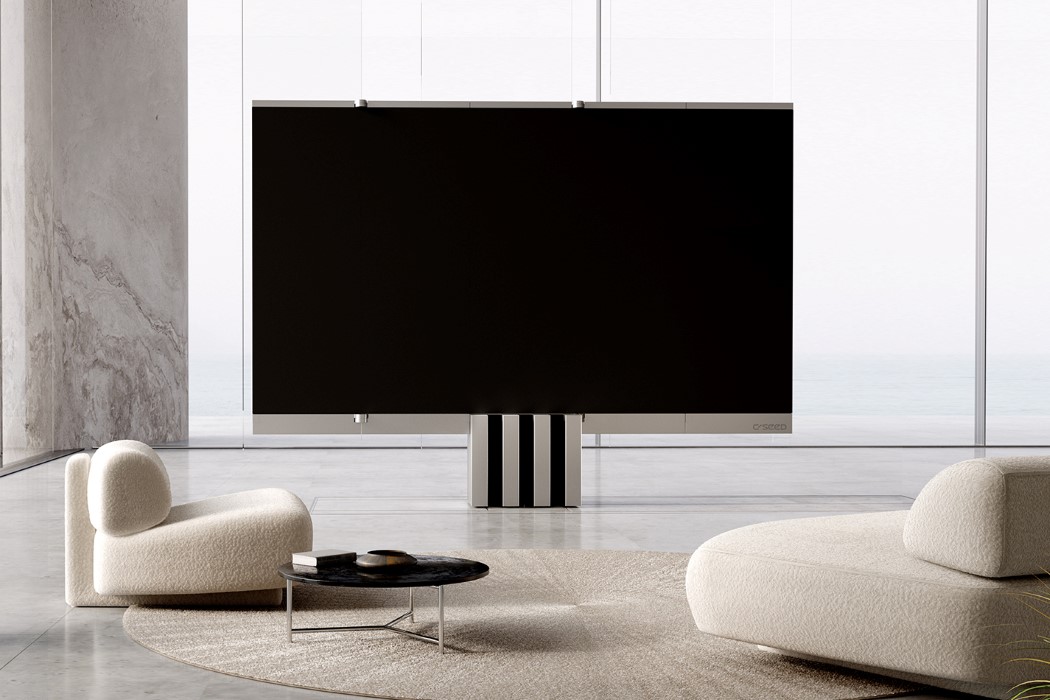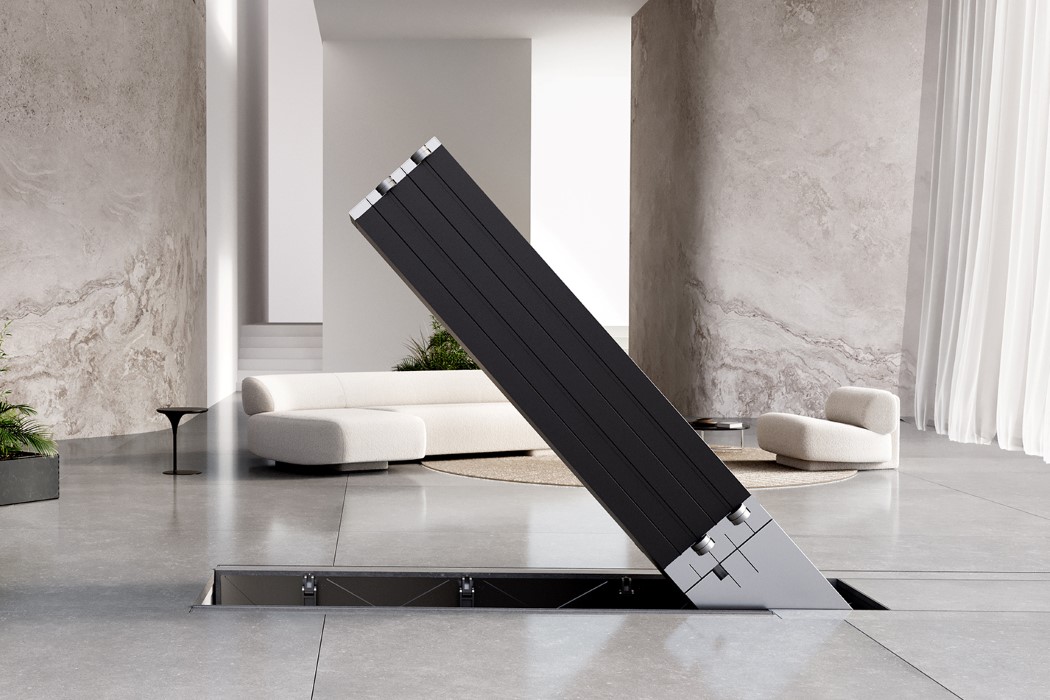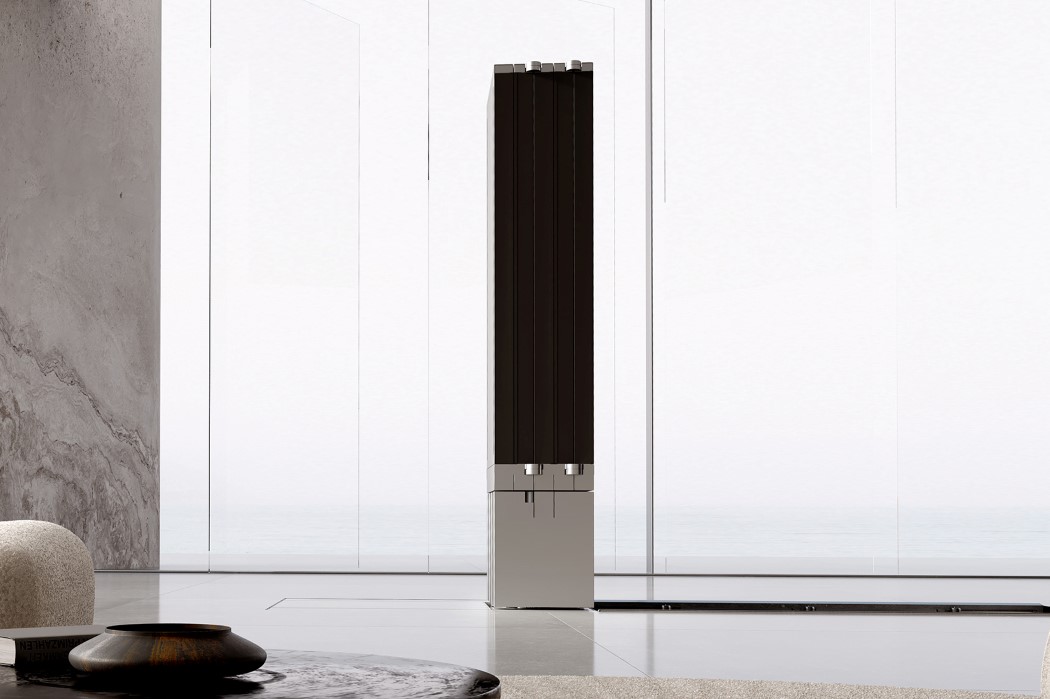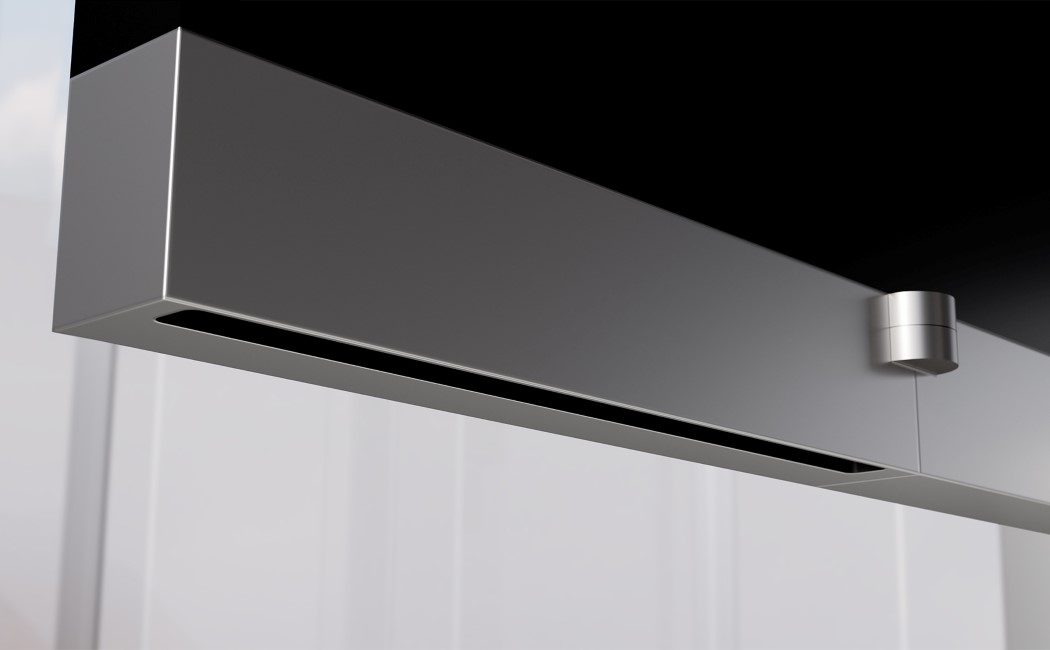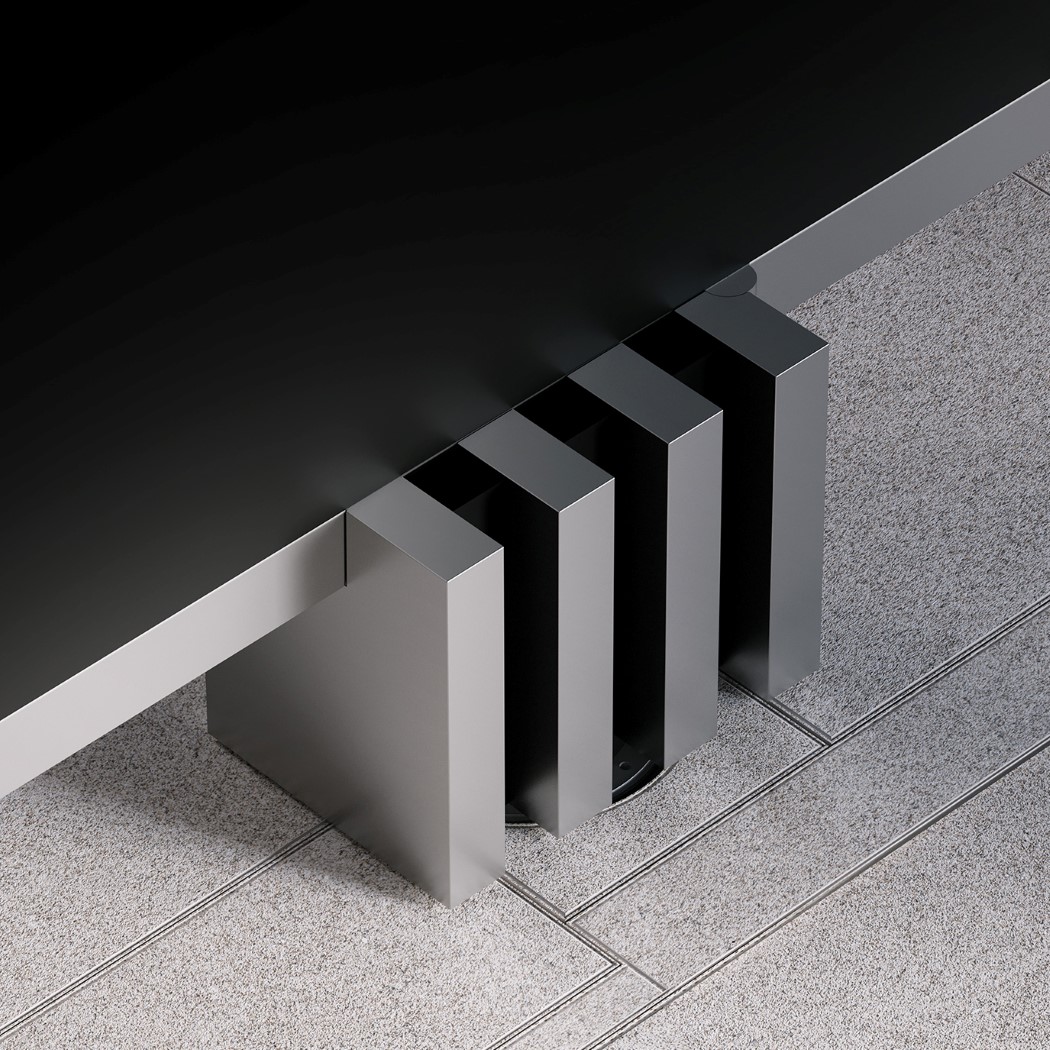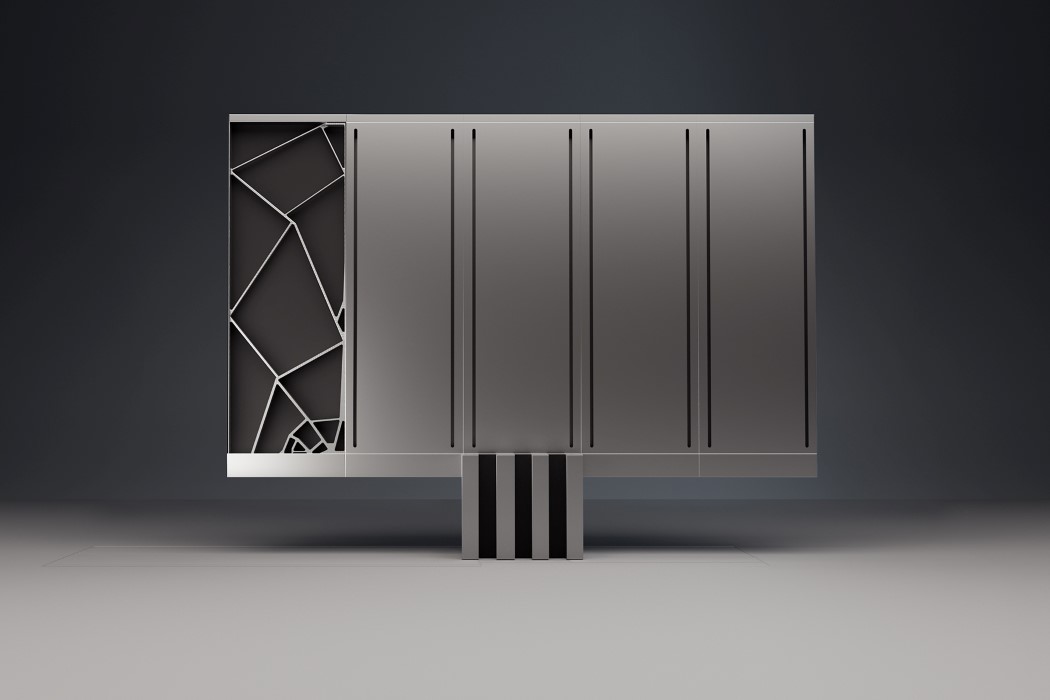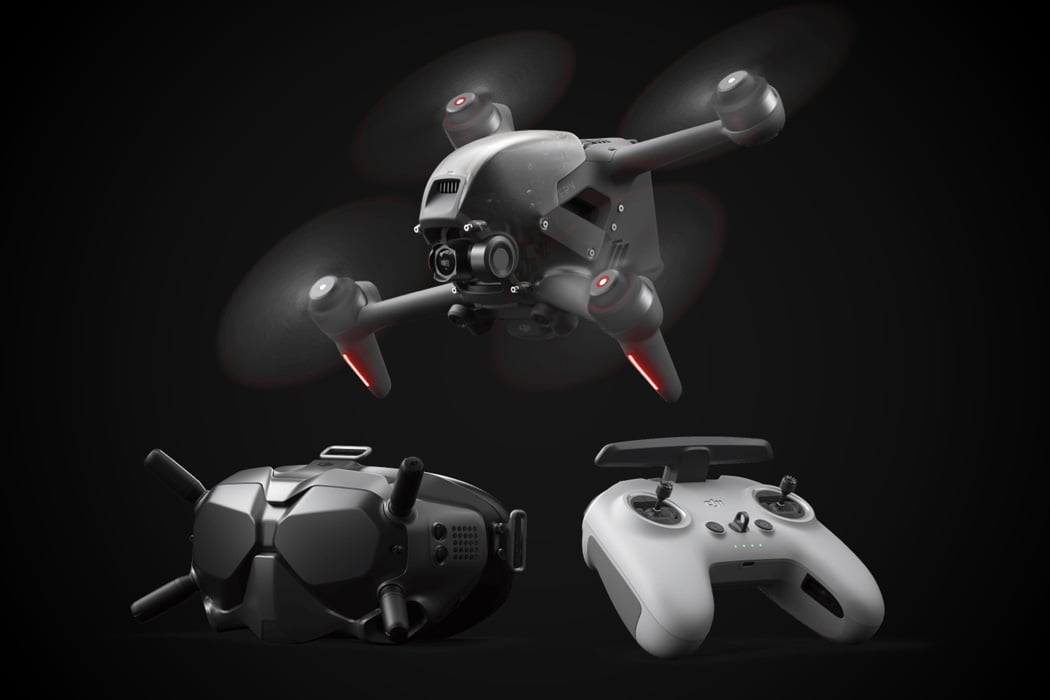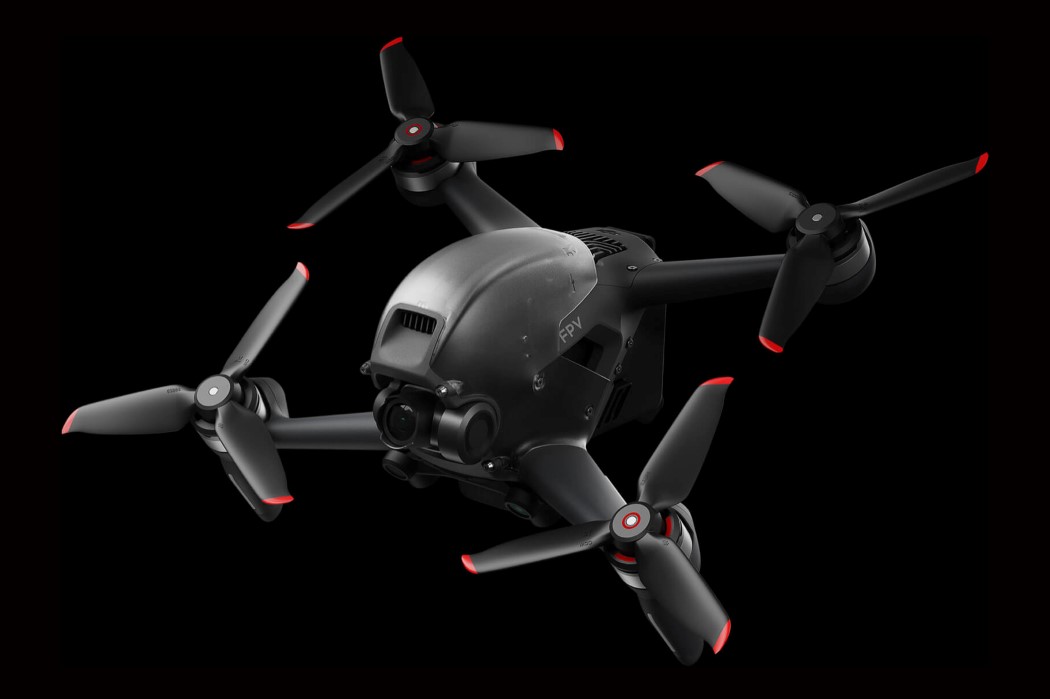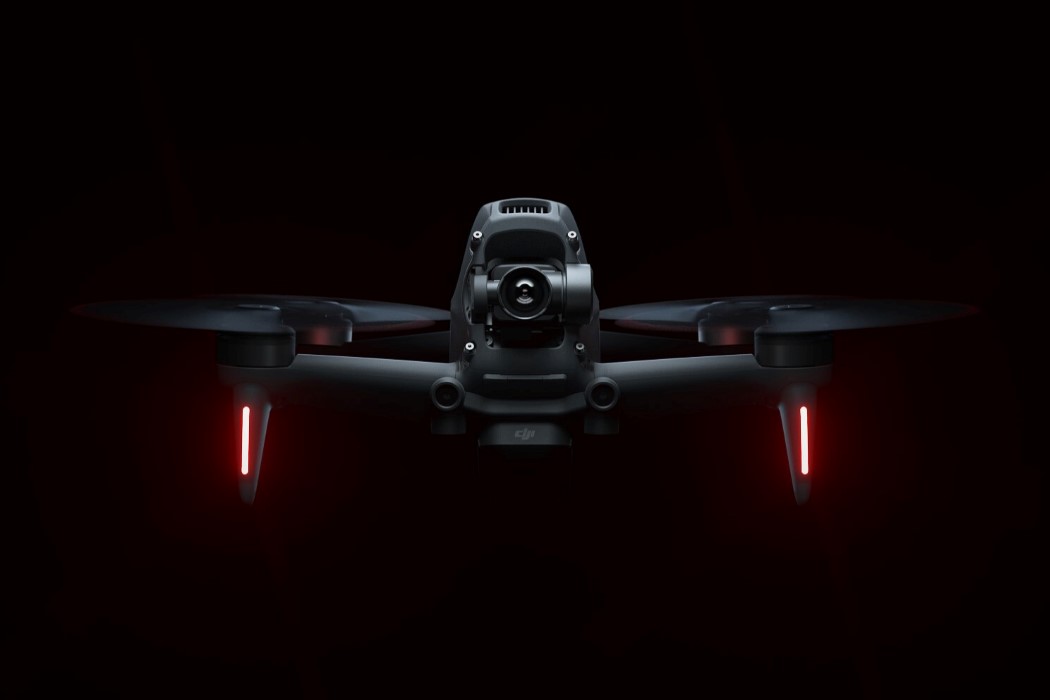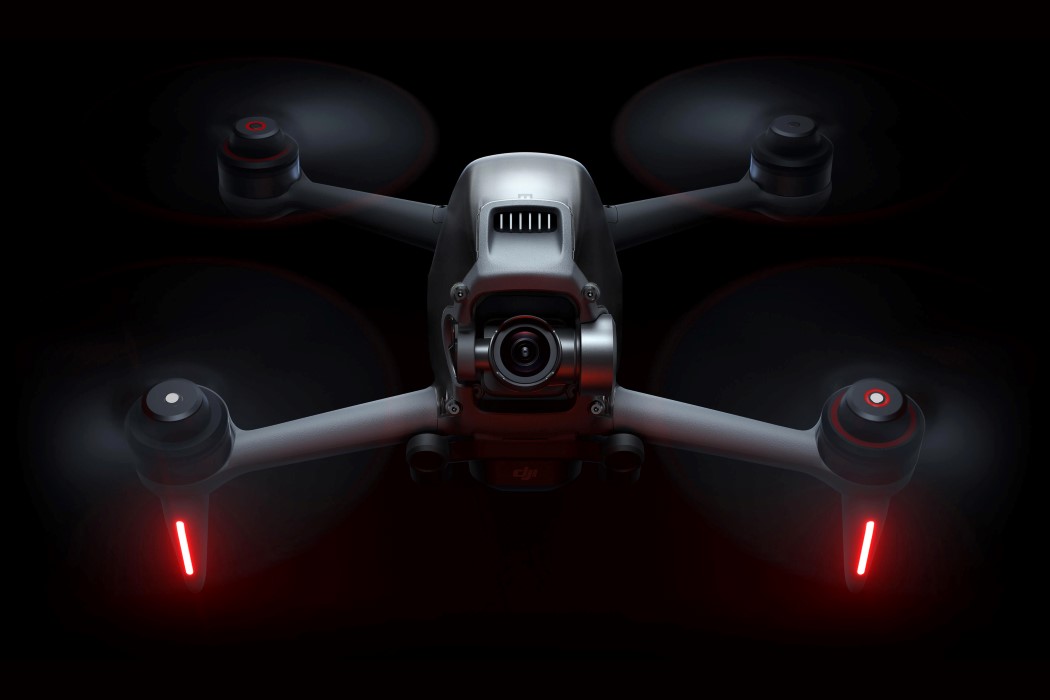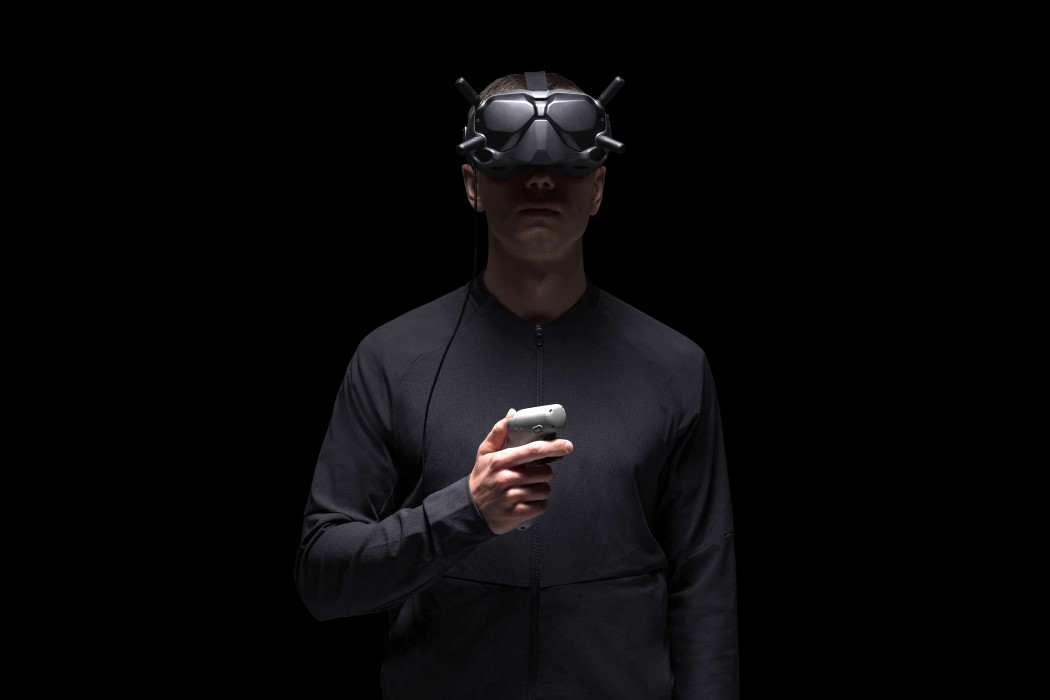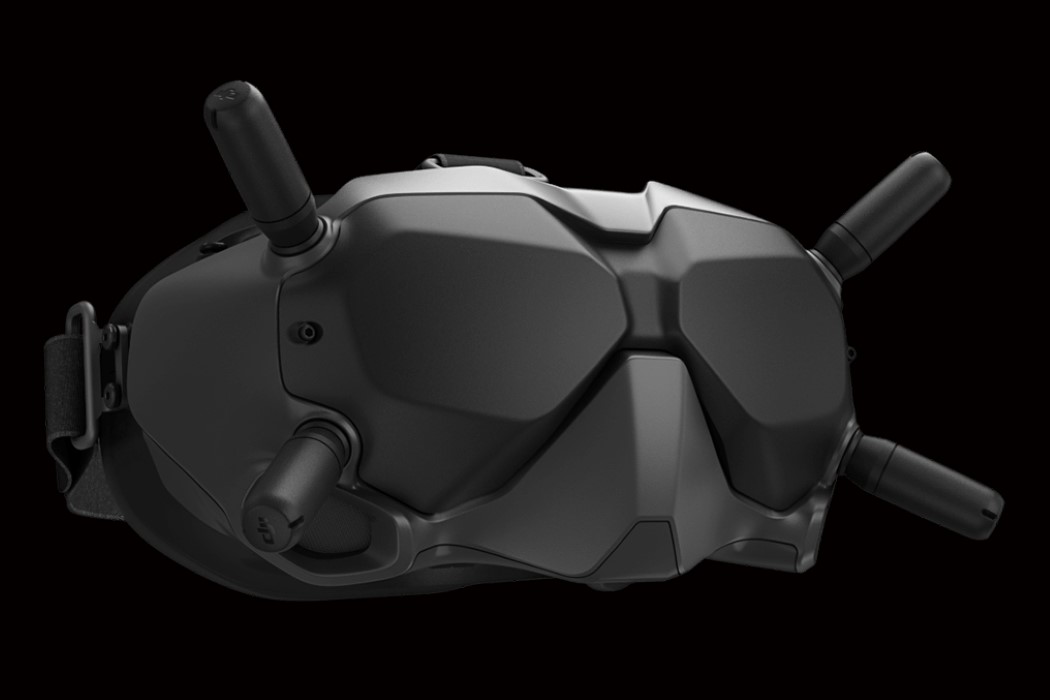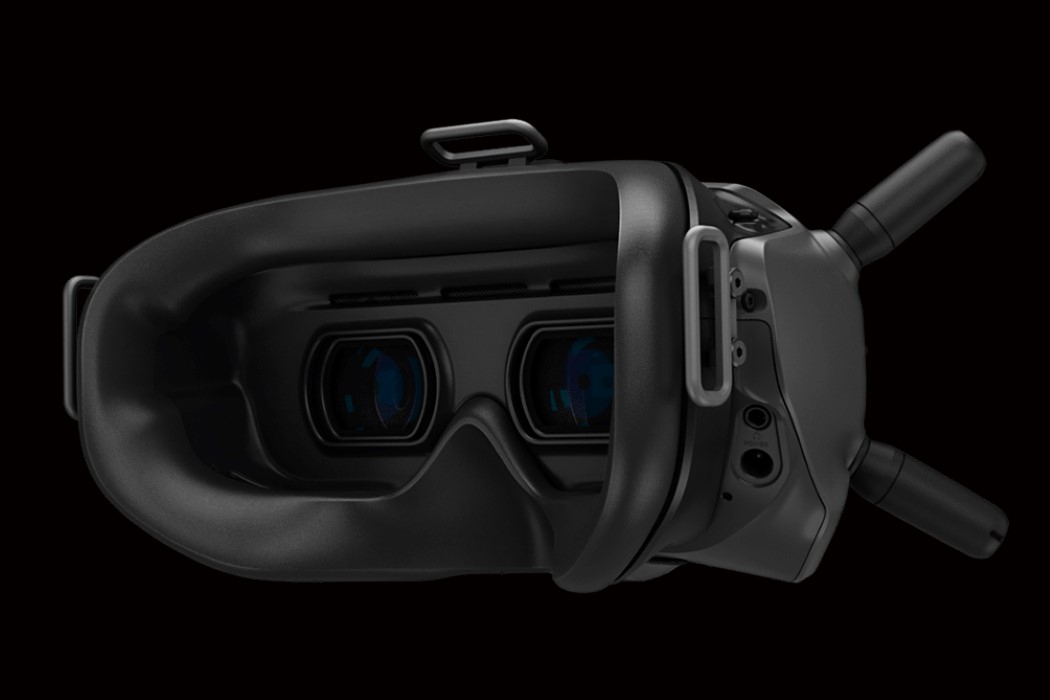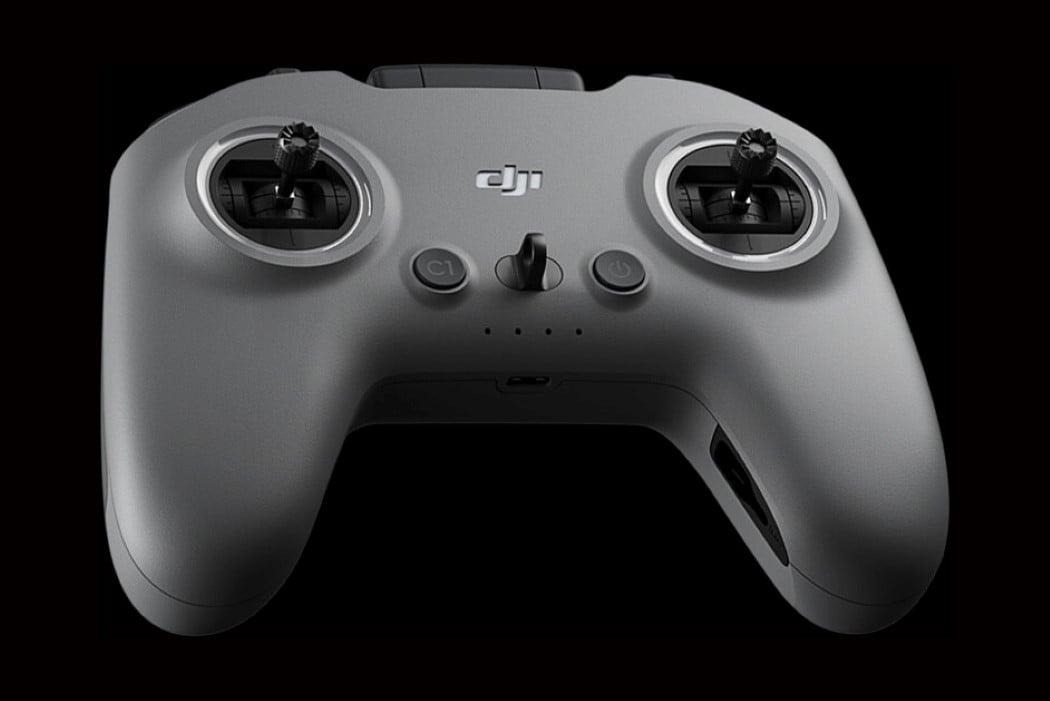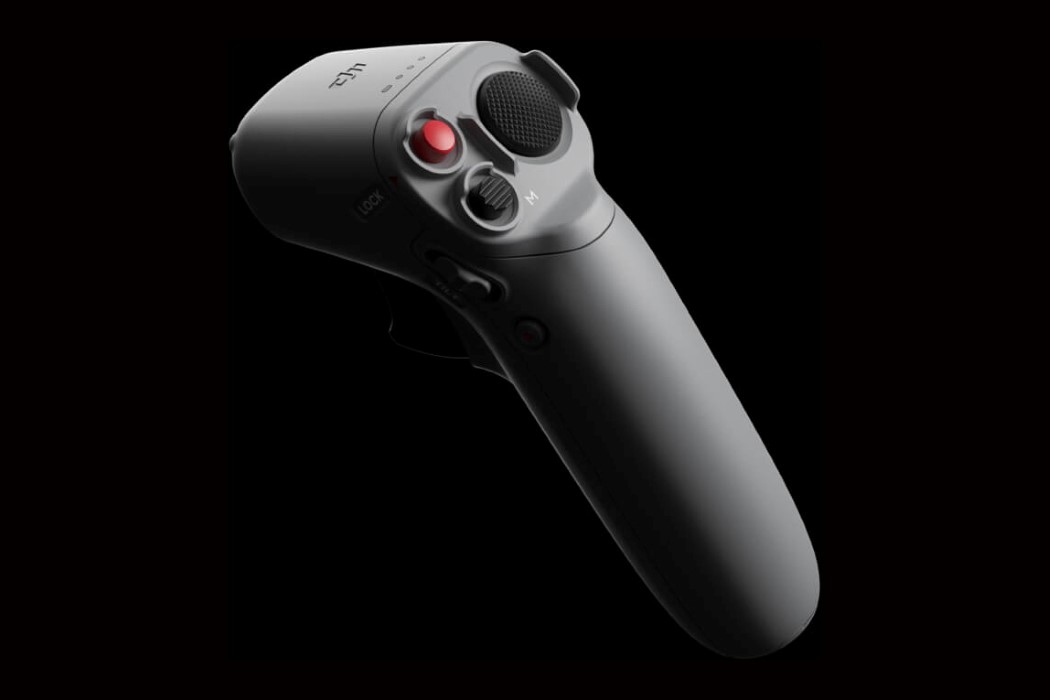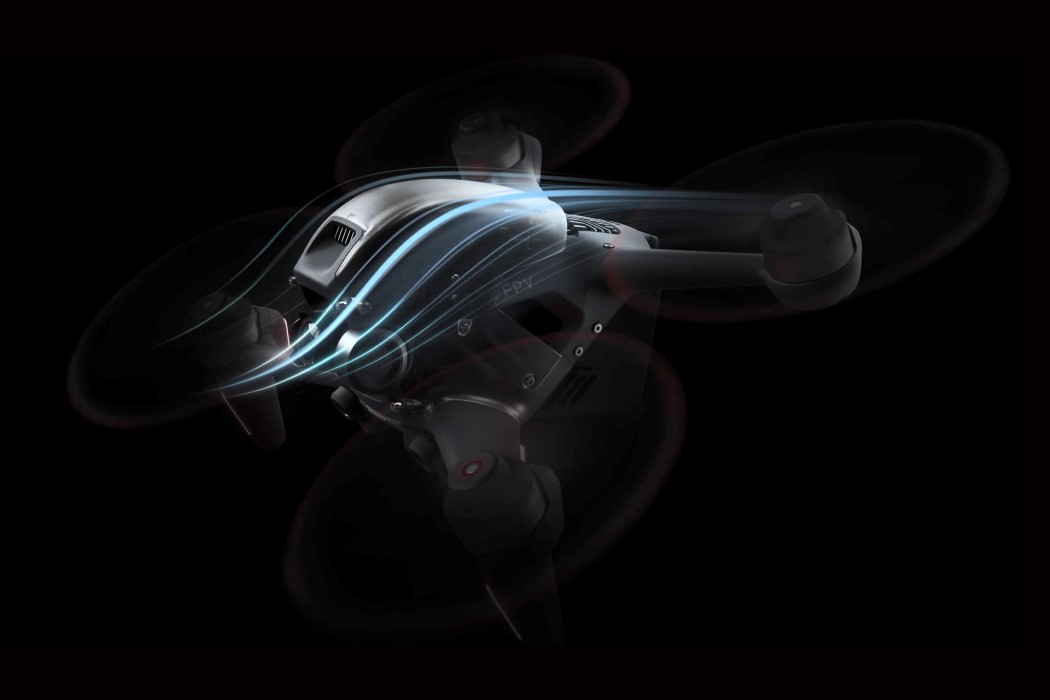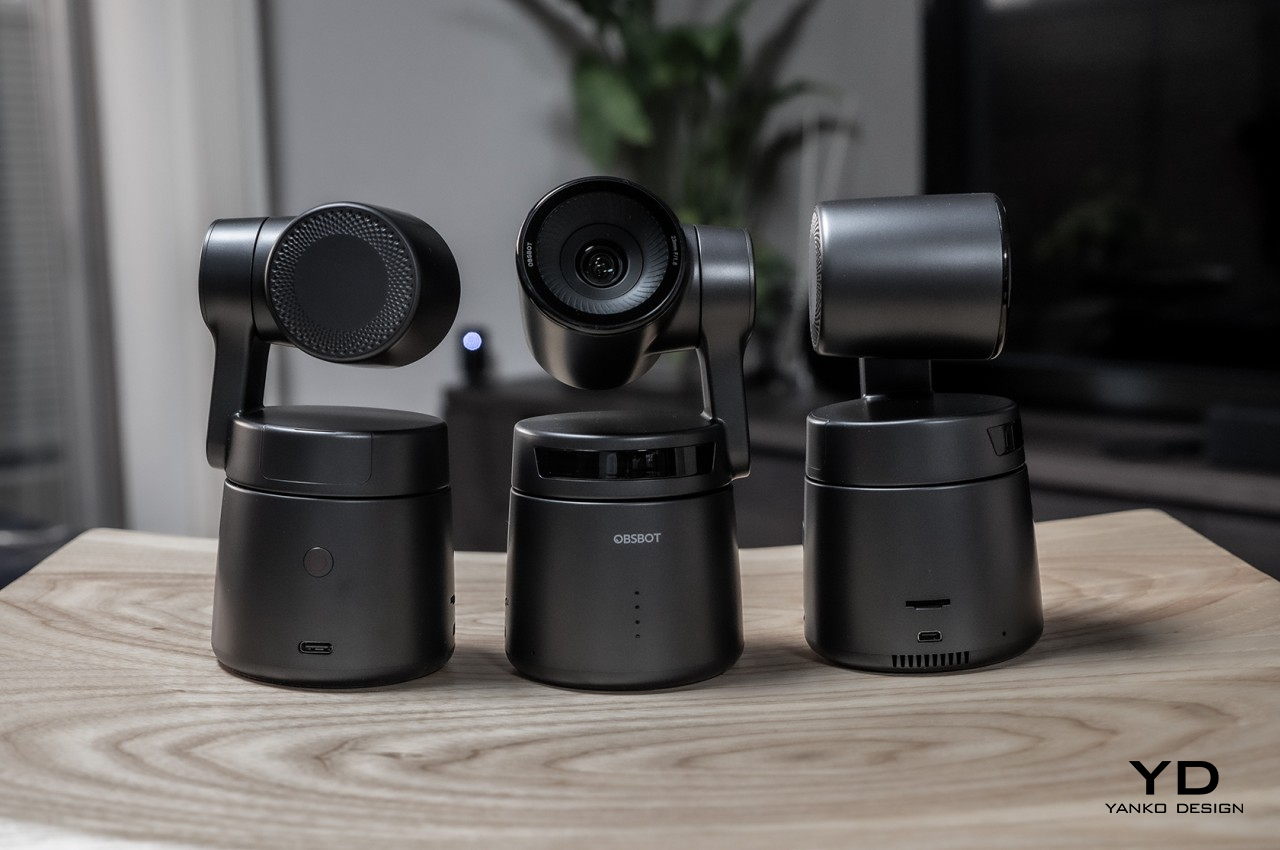
PROS:
- Impressive tracking accuracy even for small objects
- Supports 4K 30fps video recording
- NDI|HX3 support for multi-cam setup
CONS:
- No iOS app yet as of this writing (coming soon)
- Smart remote control and NDI keys per unit are separate purchases
RATINGS:
SUSTAINABILITY / REPAIRABILITY
EDITOR'S QUOTE:
With fast and accurate AI auto-tracking, 4K 30fps recording, and a powerful mobile app, the OBSBOT Tail Air PTZ camera brings pro-level streaming quality in a sleek and affordable package.
Live streaming has proven to be more than just a passing fad. It has become a way of life for many, while some even make their livelihood from this form of media. While anyone with a smartphone can get started with live streaming, decent and professional-quality videos require a bit more effort and investment in the right tools. Unfortunately, many of the “pro” tools come in bulky, expensive, and complicated packages, widening the gap between famous stars and aspiring influencers. Fortunately, there are also brands that aim to empower content creators from all walks of life, delivering tools that will allow them to do more with less, such as the new OBSBOT Tail Air streaming camera that promises a ton of smart features in such a small package. Naturally, we had to check it out to see for ourselves if the 4K PTZ camera’s unassuming appearance belie the power it possesses.
Designer: OBSBOT
Aesthetics
Cameras designed for capturing action live and transmitting the video in real-time come in a variety of shapes and sizes. The boxy forms of action cameras are common these days, while the thick sticks of gimbals still look awkward in public. These small cameras, however, are engineered more for capturing fast-paced movement, both of the target and especially of the user. Cameras for live streaming, on the other hand, are often placed in a single spot and have a different set of problems to tackle, particularly that of tracking their targets. Because of their different purpose, they also tend to have different designs, most of which seem to take more after action cams and security systems.
The OBSBOT Tail Air embodies the principle of simplicity and minimalism in its design, bearing no more than what’s necessary for it to function. There are no buttons other than one for power, and the connection ports are so subtle you might find yourself squinting to see them, especially in the dark. The main body is a simple and unadorned truncated cone, with a camera arm rising from one side. The design is compact and lightweight, making it easy to carry around in the provided case.
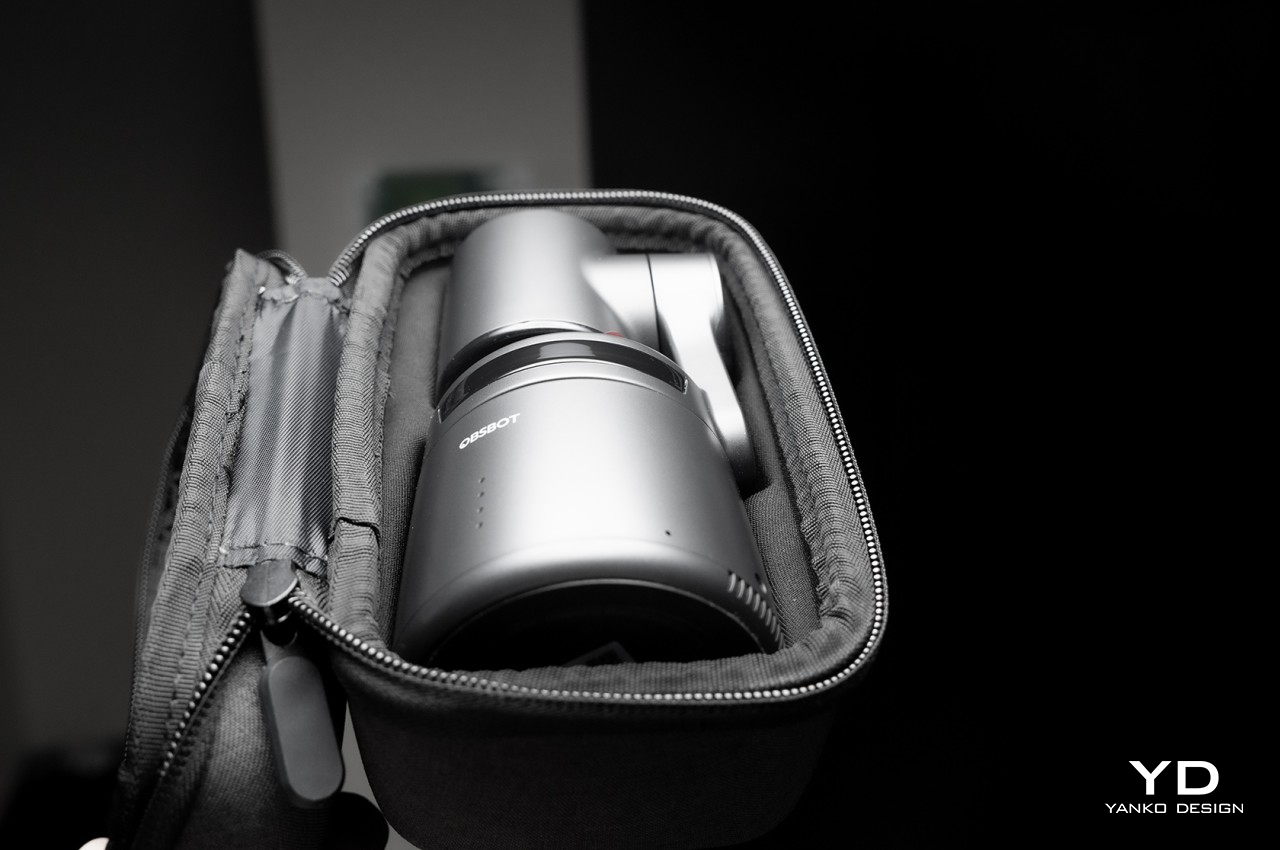
The OBSBOT Tail Air shaves a few grams off its weight by using plastic materials for its chassis, but that choice by no means makes the device look or feel cheap in any way. It actually feels solid and sturdy, and the matte texture gives it a stylish finish. All in all, the streaming camera has enough visual presence to look presentable in any environment without being distracting, allowing you to focus on the actual act of creating content rather than fussing over the device’s details.
Ergonomics
In addition to being lightweight, compact, and portable, the OBSBOT Tail Air’s usability comes from its ease of use. After the initial setup, you could almost just leave the camera running and forget about it, leaving it to the AI to follow you around and adjust the focus as needed. Of course, you’ll want to select some angles or framing, which is as easy as a single tap, but you can also just set up and go for a quick and short stream.
As mentioned earlier, there are no physical controls on the device itself, which is both a boon and a bane for its usability. Everything is controlled remotely, primarily through the OBSBOT Start mobile app, but there are also other options. On the one hand, that means you won’t be fussing over buttons and sliders on the camera when you should be focusing on recording. On the other hand, it also means you’re at the mercy of an external device or remote control, as well as wireless connectivity.
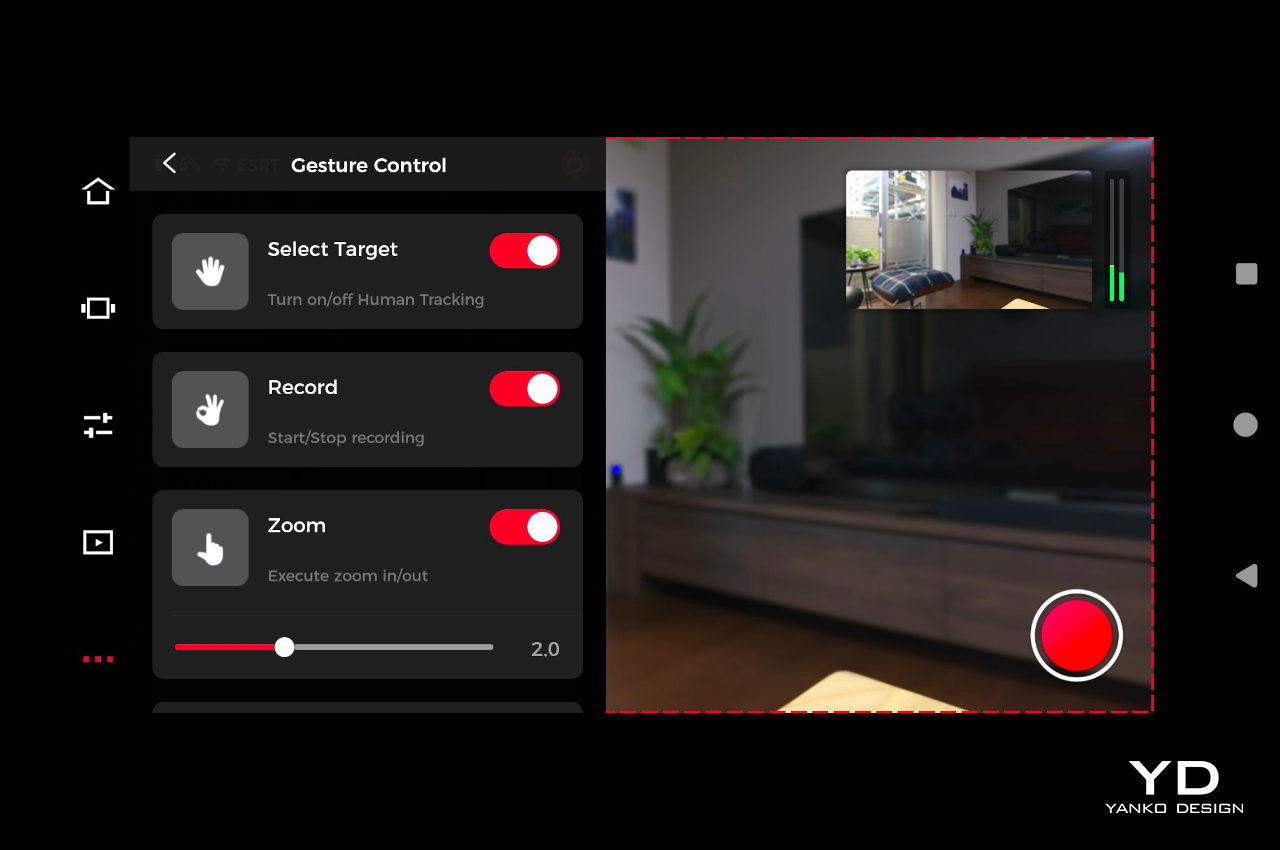
Although the app offers all the bells and whistles you can think of when recording and directing a video, you’re unlikely to be fiddling with a smartphone in the middle of a live stream. Fortunately, you won’t need another person to do that for you, at least not for basic camera controls. The OBSBOT Tail Air’s AI can recognize a few hand gestures that will make it lock on or unlock from a target, zoom in manually or dynamically, and, of course, start and stop recording. These gestures, on top of the camera’s excellent tracking, turn you into a one-man camera team, which is what most budding live streamers are.
This advanced gesture control does have a disadvantage when you have more than one OBSBOT Tail Air setup. All these cameras will be recognizing those same gestures, and you won’t have a way to remotely control one camera at a time. For multi-camera configurations, you’ll need OBSBOT’s Bluetooth remote control and, unfortunately, you’ll have to buy it separately from the cameras, or as part of a bundled offer if those are available.
Performance
With so many cameras today promising creators and streamers to take their output to the next level, it might be difficult to pick one out from the crowd. Fortunately, the OBSBOT Tail Air has a few tricks up its sleeves that easily set it apart, starting with the ability to shoot in 4K resolution at 30 fps rates, making it one of the few streaming cameras with this capability. This feature will come in handy with one of the camera’s AI features that lets you choose the framing of the scene with just a single camera.
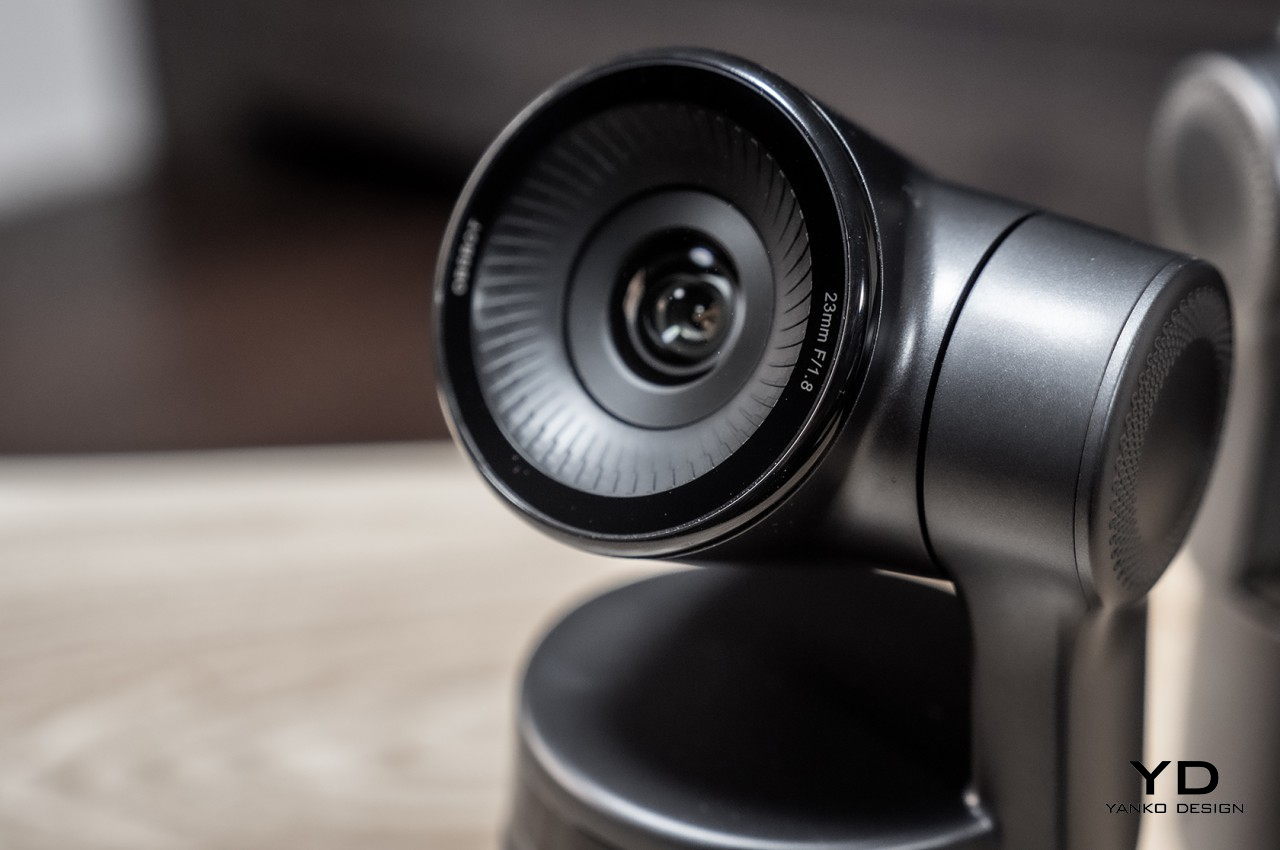
The OBSBOT Tail Air’s headlining feature is, of course, its AI-powered tracking system. It can lock onto targets, even when those targets go out of frame for a few seconds, and follow that target at a speed of 120 degrees per second. It can do this from three axes, which is where it gets its PTZ or “Pan, Tilt, Zoom” label. That’s true not only for humans and objects but also for select animals such as cats, dogs, and, soon, horses. Tracking is fast and accurate, even for small objects like a teaspoon, which makes the camera also suitable for dramatic close-ups of objects, such as when you’re doing a product review.
AI powers many of the camera’s impressive features, including the innovative AI Director Grids available on the OBSBOT mobile app. The grid presents different frames of focus that you can select with a single tap, letting you easily switch from a close-up up facial shot to a full body shot, all with just one camera. The trick here is that OBSBOT Tail Air actually records video in 4K and then crops it up to a 1080p frame in real time. Considering most live streams are done in 1080p anyway, you aren’t really sacrificing much in terms of quality for the sake of some impressive framing.


There might come a time when you will want to actually work with multiple cameras, and the OBSBOT Tail Air has you covered as well. It supports the latest NDI or Network Device Interface technology that lets you hook up three of these cameras together and control them from a single computer that acts as mission control for the recording session. There’s a bit of initial setup involved, including buying one NDI access key per OBSBOT Tail Air camera and making sure they’re connected to the same local Ethernet network. Once those are out of the way, however, you have full control of an advanced yet easy-to-use multi-cam camera system to really take your live streams to the next level.
For most cases, especially with a single camera, you will be using the OBSBOT Start mobile app instead. It has everything you need to tweak the video recording settings, from those Director Grids to exposure and balance, pretty much like a standard digital camera. At the moment, this powerful app is available only for Android, but OBSBOT is already working on making an iOS version available soon. The one disadvantage to relying on an app for almost all of the controls is that you need a network connection with the OBSBOT Tail Air camera. That’s no problem when stable Wi-Fi is available, but you’d be forced to use a cellular connection when it’s not. That’s true even if you’re recording directly to the device’s microSD card instead of live streaming, so you’ll have to be aware of potential data charges. That’s what makes the Bluetooth remote control almost a necessity, even if it’s a separate purchase.
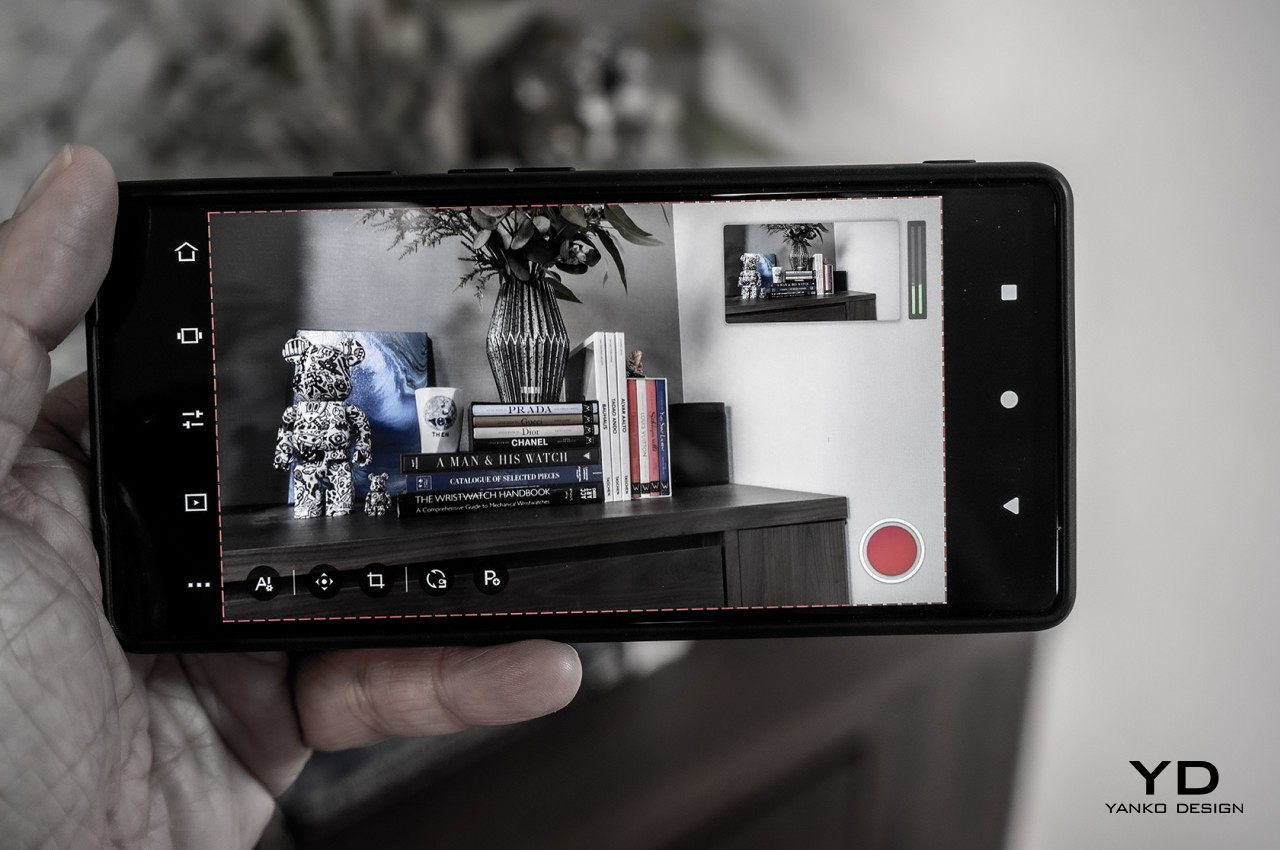
Aside from its excellent auto-tracking, the OBSBOT Tail Air’s video output is actually impressive as well, even when there’s little light around. That’s thanks to the 1/1.8-inch CMOS sensor with a large 2-micrometer pixel and an equally large f/1.8 lens aperture. Of course, it does its best with bright lighting, but low-light scenarios still deliver decent videos, though with some hiccups in tracking and autofocus. The camera’s gimbal performs the minimal required stabilization, but it becomes immediately clear that this isn’t an action camera. Yes, it can record and stream sports scenes and the like, but it’s best when it’s put on a stable and non-moving platform rather than in your hand. The camera’s internal battery gives you about two hours of use, shorter when doing 4K, and an hour and a half to charge, though you could continue using the camera while charging to minimize downtime.
Sustainability
Action and streaming cameras are relatively new product categories, though they have been around for a few years now. There’s quite a good number of them around, even, which makes their presence also a cause for concern when it comes to the environment. As with any fast-growing consumer electronics segment, there is bound to be plenty of waste during the product production and lifecycle, not to mention increased use of non-sustainable materials, components, and processes. However, that also means there’s plenty of room for improvement and growth, and hopefully, this young company will also set itself apart from its peers in this regard.
Unfortunately, there’s also not much that can be said about the product’s longevity and repairability. As a “static” live streaming camera, it seems that the OBSBOT Tail Air was designed with indoor use primarily in mind, which could explain the lack of any dust or water resistance guarantee. The repair policy is also pretty standard, which means it only covers a small subset under warranty and has to be shipped back to the manufacturer if they do qualify. Repairing them by yourself is pretty much out of the question.
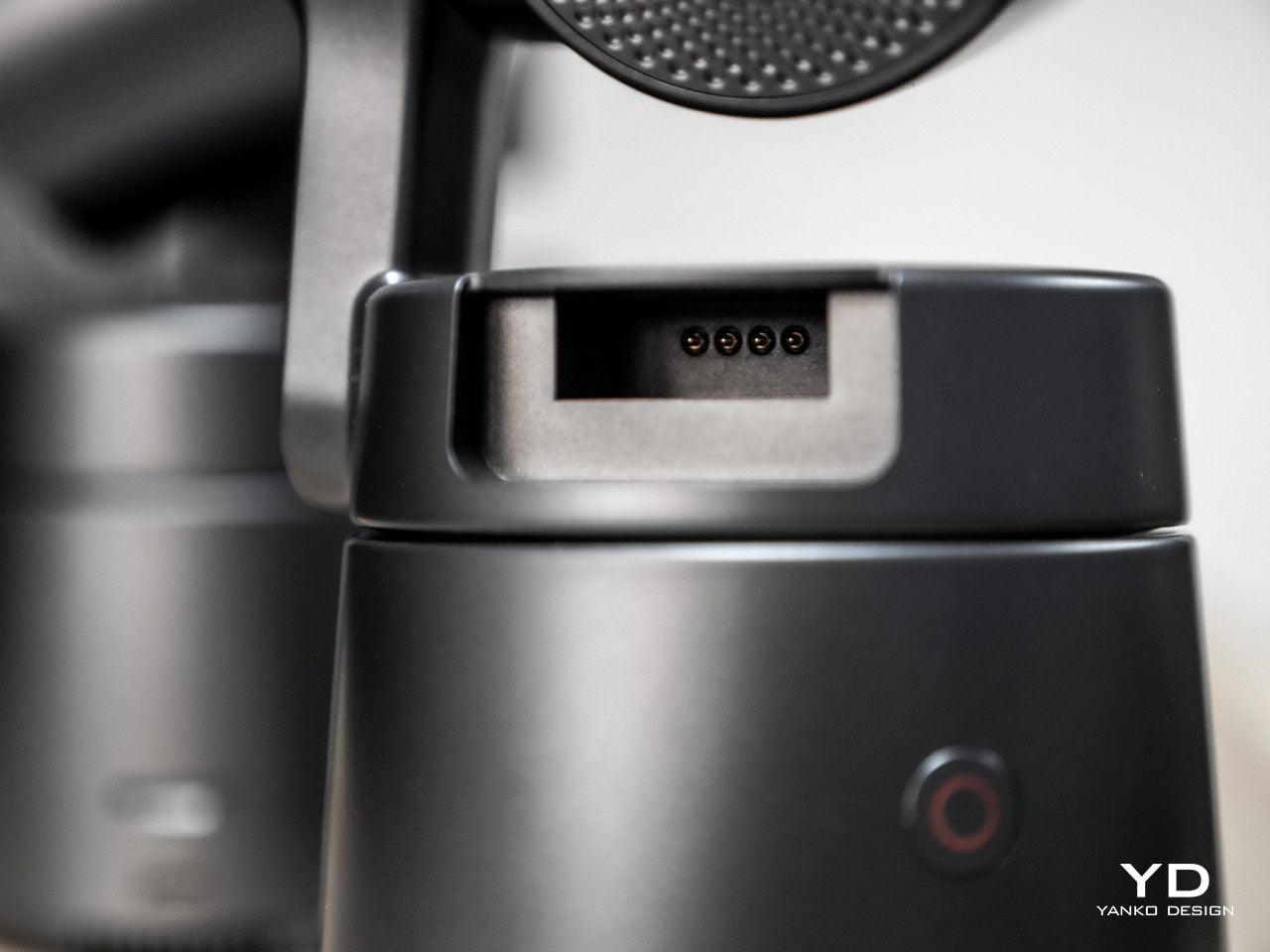
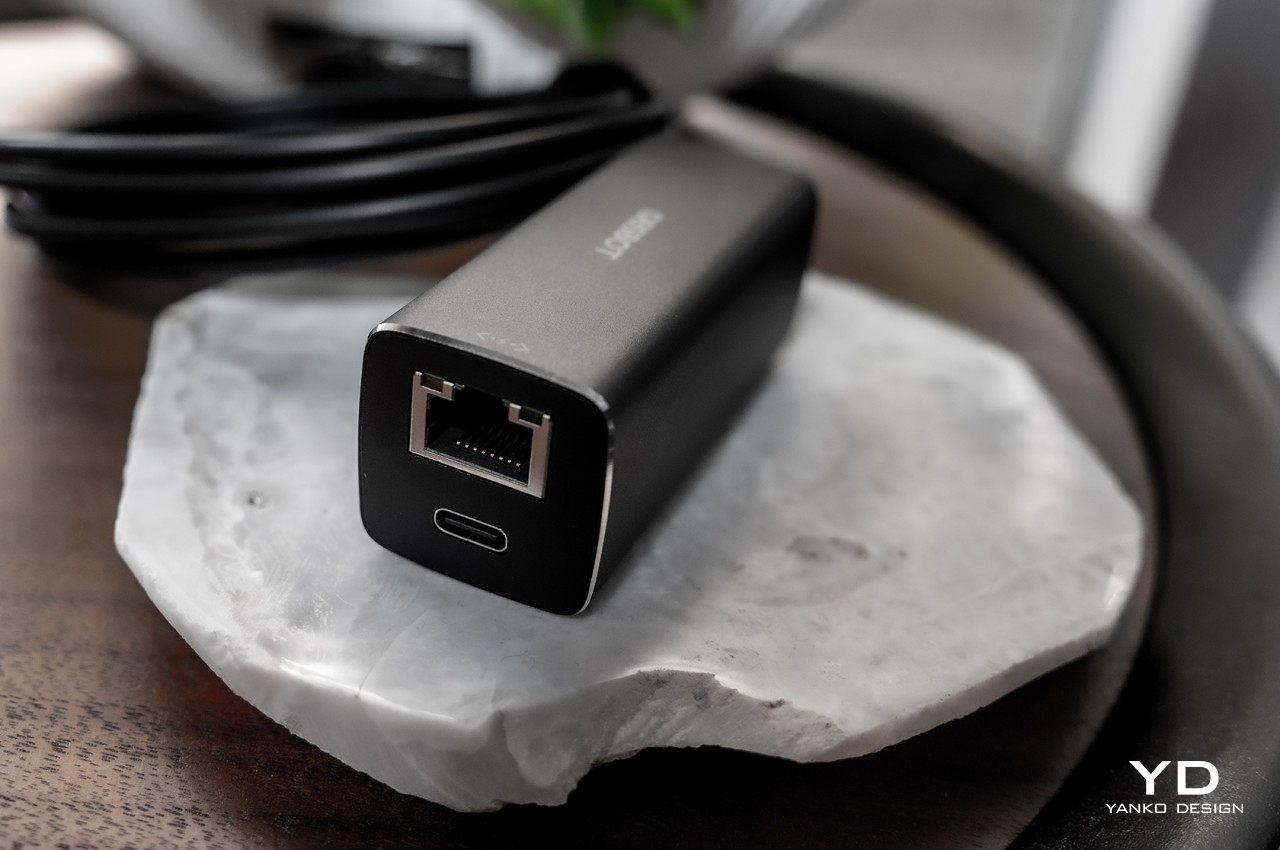
Value
In a world of advanced smartphone cameras and action cams, does a dedicated streaming camera like the OBSBOT Tail Air still matter? The answer is a resounding “yes!” especially considering how much it offers without too much cost. It offers an excellent video recording and streaming experience that you’d be hard-pressed to find without having to buy separate products, like a gimbal, monitor, and additional sets for a multi-camera setup. In other words, the OBSBOT Tail Air crams all those desirable features in a single package, one that starts at around $478.
That price includes a 4K camera that can produce impressive videos even in low light, an excellent AI-powered target tracking system, out-of-the-box support for a multi-cam setup, and an intelligent mobile app that puts you in total control of the stream’s direction. What it doesn’t include, however, is a remote control that is honestly almost essential rather than an add-on, not unless you get it as part of the crowdfunding reward or a bundle. You’ll also need a separate NDI authorization code for each OBSBOT Tail Air device, which you need to buy for $98 if you ever want to have a multi-cam live stream. OBSBOT could have thrown these into the basic package for a slightly higher price tag, but it’s also understandable why it didn’t. Not everyone will have a multi-cam setup, so they might not want to pay for something they’ll never use. Shipping a remote control with each camera when that remote can connect to as many as three will also be wasteful. Hopefully, OBSBOT will offer bundles that include these when the product becomes available on shelves.
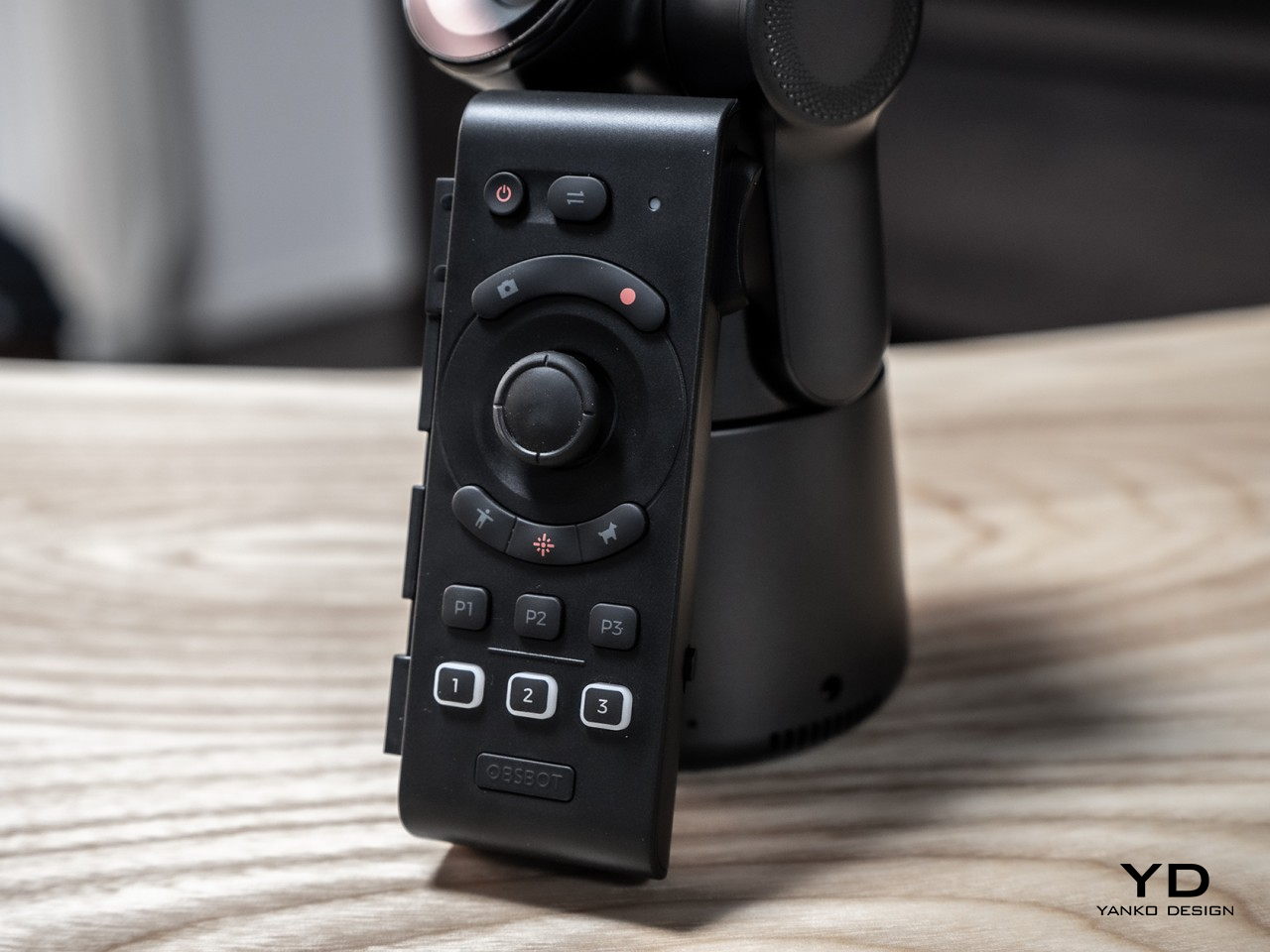
Verdict
Some will definitely roll their eyes, but there are definitely people who consider being a live streamer, YouTuber, or “influencer” to be their dream job. Whether it’s for earning money, sharing knowledge, or just having fun, there’s no denying that live streaming is already a major part of our culture today. It’s definitely easy to get started as long as you have a smartphone, but it’s not that easy to step up your game without devices or at least some accessories that give your streams a professional quality.
That’s the kind of assistance that the OBSBOT Tail Air 4K PTZ Streaming Camera is bringing to the table, especially for solo steamers. With reliable AI-powered tracking that accurately follows even small objects, an impressive 4K camera that performs admirably in both bright and dim environments, and a no-fuss easy-to-use mobile app, this streaming camera is basically all you need for pro-level content. And when you’re ready to graduate to a multi-camera setup, the built-in NDI support will let you easily expand and control up to three OBSBOT Tail Air cameras from a single computer to direct your best production yet, helping you on your journey to Internet stardom.
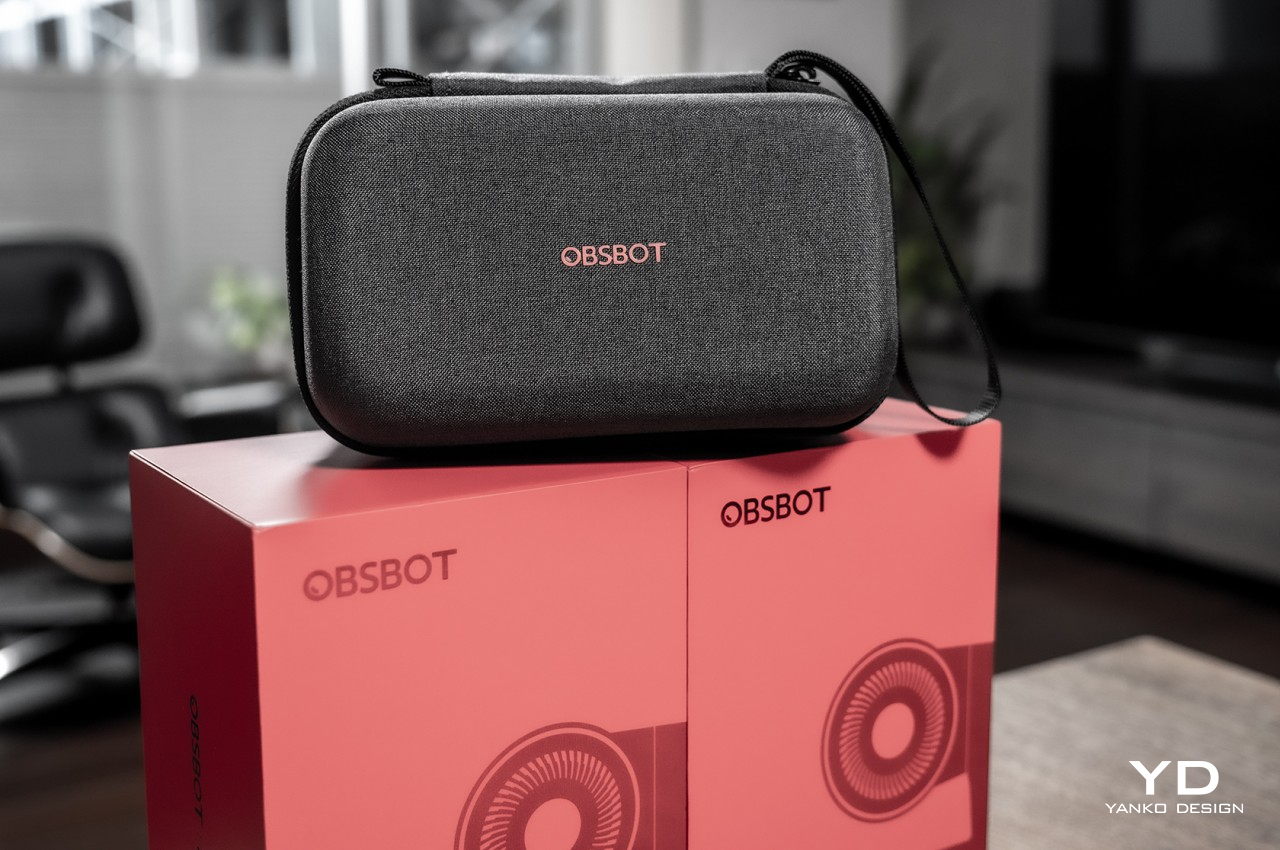
The post OBSBOT Tail Air AI-powered 4K PTZ Streaming Camera Review: It Doesn’t Get Easier Than This first appeared on Yanko Design.











